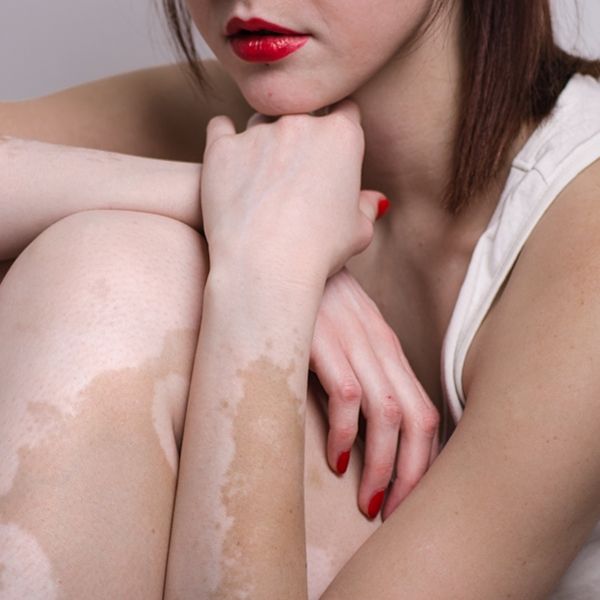To mark the holding of World Vitiligo Day this upcoming 25th June, throughout this month we are going to analyse the key figures and information about this skin condition that is characterised by the presence of white patches.
According to data from the World Health Organisation (WHO), around 2 to 3% of the world’s population has vitiligo. It is a skin disease of unknown origin that leads to the destruction of melanocytes, responsible for producing melanin and therefore, the pigmentation of our skin.
It mainly affects women, and in the majority of cases (70-80%) the first symptoms appear before the age of 30.
In terms of the origin of the illness, factors such as stress, sun burn or the use of certain medications or chemicals have been identified as causes of the illness, though the strongest theory attributes it to autoimmune sources.
This theory is strengthened by the fact that vitiligo is related to other autoimmune-type illnesses such as diabetes, pernicious anaemia, Addison’s disease or thyroid diseases.
There is also a degree of genetics involved, as around 30% of patients have a family history of vitiligo.
There are different types of vitiligo:
- TYPE A, or segmental, which is the most common and is characterised by the appearance of symmetrical patches, spread all over the body and progressively throughout the patient’s life.
- TYPE B, non-segmental or focal, which mainly originates during childhood and adolescence, and is characterised through its static and localised nature (hands, face, genital area, etc.) and the appearance of new patches tends to stop after a year.
Patches caused by vitiligo are mainly located in areas that are more pigmented than the rest of the body, such as the face, armpits, groin, back of the hands and feet, elbows, knees and ankles.

